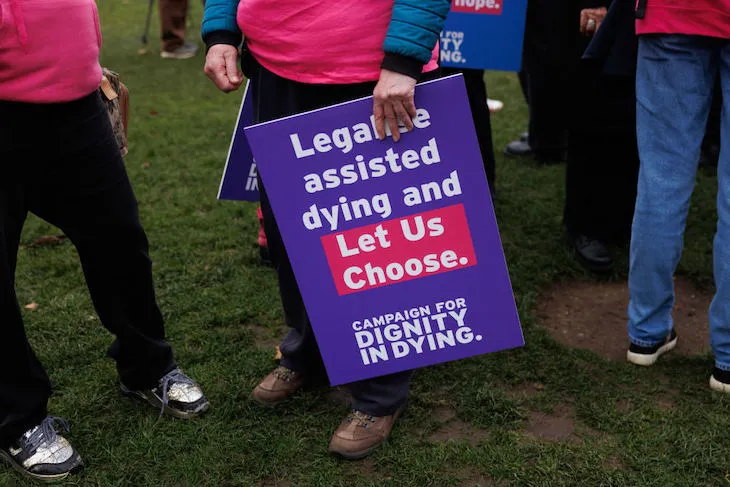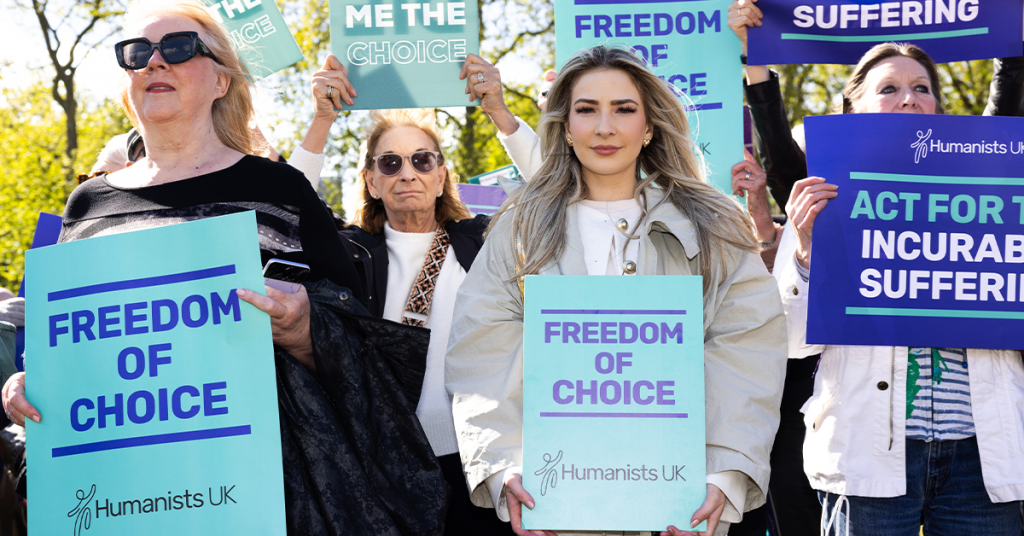
Assisted dying, or the practice of providing help to terminally ill individuals seeking to end their lives, has been a contentious topic worldwide. In recent years, some countries have embraced legal frameworks permitting it under strict conditions, while others strongly oppose it, citing ethical and moral concerns. This blog post will examine the global stance on assisted dying, explore differences in practice, and delve into the arguments for and against it.
Countries Where Assisted Dying is Legal
As of today, assisted dying is legal in a handful of countries, each implementing varying levels of control and regulation.

- Switzerland: Switzerland is known for its relatively liberal approach to assisted dying. Here, both foreigners and citizens can access assisted dying services as long as they meet certain criteria. The law allows for non-physicians to assist in ending someone’s life, as long as the helper has no vested interest. The procedure often involves a lethal dose of barbiturates administered in a safe and controlled setting, such as through well-known organizations like Dignitas.
- Netherlands and Belgium: Both countries allow euthanasia and assisted suicide under strict medical conditions. In the Netherlands, physicians are permitted to administer life-ending drugs directly, provided the patient is suffering unbearably and there is no prospect of improvement. Belgium has similar conditions but is unique in allowing children to access euthanasia under specific guidelines.
- Canada: Canada’s Medical Assistance in Dying (MAiD) law, passed in 2016, enables patients who meet certain criteria to end their lives with medical assistance. The law was expanded in 2021, broadening eligibility to include patients with incurable illnesses, even if death isn’t imminent, and further expansion is under review. MAiD requires at least two physicians or nurse practitioners to approve a patient’s request, following an intensive screening process.
- United States (Select States): In the U.S., assisted dying is only legal in a few states, including Oregon, California, Colorado, and Vermont. Oregon was the first to pass the Death with Dignity Act in 1997, which allows terminally ill adults to self-administer prescribed medication to end their life. Each state has its own strict eligibility requirements, generally limited to individuals with a prognosis of six months or less to live.
- New Zealand: New Zealand’s End of Life Choice Act, which went into effect in 2021, legalized assisted dying for terminally ill patients likely to die within six months. To qualify, patients must undergo a rigorous medical assessment process and receive approval from two doctors.
- Australia: Assisted dying laws are permitted in five of Australia’s states, including Victoria, Western Australia, and New South Wales. These laws vary slightly, but generally allow terminally ill adults with a prognosis of less than six months to request assistance in ending their life after a comprehensive assessment.
Key Differences in Practice
The approaches to assisted dying differ significantly across countries. In Switzerland, assisted dying can be conducted by non-medical personnel as long as no personal gain is involved, whereas most countries require qualified healthcare providers to carry out the procedure. In the Netherlands and Belgium, euthanasia (physician-administered life-ending drugs) is legally distinct from assisted dying, which typically involves self-administration by the patient. Canada’s MAiD program offers flexibility to patients without a terminal diagnosis, whereas many other countries strictly require a prognosis of six months or less.
Arguments Against Assisted Dying
- Ethical Concerns: A primary argument against assisted dying is the ethical concern about human life. Many believe that allowing individuals to end their lives devalues human dignity and contradicts the moral responsibility of society to protect life.
- Potential for Abuse: Critics argue that legalizing assisted dying could open the door for abuse, especially among vulnerable populations. Elderly or disabled individuals might feel pressured to end their lives to avoid being a burden, and there is concern that subtle coercion might arise in situations of financial or familial stress.

- Psychological Impact on Medical Professionals: Assisting a patient in ending their life can have profound emotional and psychological effects on medical professionals. Many doctors argue that such practices conflict with the Hippocratic Oath to “do no harm” and could negatively impact their mental health and perception of their role as healers.
- Risk of Misdiagnosis: Opponents point to the risk of misdiagnosis and the unpredictability of disease progression. There have been cases where individuals initially given a poor prognosis ended up living longer than expected, which raises concerns about irreversible decisions based on potentially inaccurate information.
Statistics on Assisted Dying
While exact numbers vary, data from Canada’s MAiD program shows that in 2022, 10,064 individuals opted for medically assisted death, marking a 31% increase from the previous year. In the U.S. states where assisted dying is legal, Oregon recorded 383 prescriptions written for life-ending medications in 2021, with 238 patients opting to take them. In Switzerland, approximately 1,300 individuals undergo assisted death annually, with a growing number coming from outside the country to access this service.
Final Thoughts
Assisted dying is a complex and polarizing issue that straddles personal choice, ethics, and societal responsibility. While some view it as an expression of autonomy and compassion, others see it as a dangerous compromise on the sanctity of life. As more countries continue to debate this issue, the global perspective on assisted dying may shift, balancing individual freedoms with the need to protect vulnerable groups and uphold ethical standards in healthcare.














